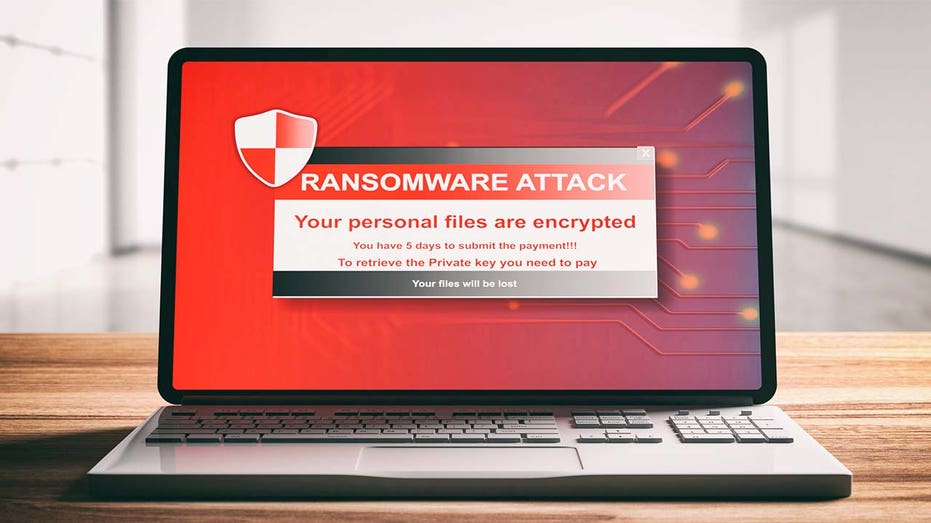Ransomware criminals' demands rise as aggressive tactics pay off
Average ransomware demands and payments are up as criminal enterprises pour money into the profitable operations
Top cybersecurity stocks to buy amid ransomware attacks
ERShares COO Eva Ados reveals her best cybersecurity plays on 'The Claman Countdown'
Ransomware gangs are getting greedier as aggressive tactics pay off.
The ransomware crisis just keeps getting worse as criminal enterprises pour money into highly profitable ransomware operations, according to a report from Palo Alto Networks’ Unit 42 security consulting group.
The average ransomware payment climbed 82% to a record $570,000 in the first half of 2021 from $312,000 in 2020.
| Ticker | Security | Last | Change | Change % |
|---|---|---|---|---|
| PANW | PALO ALTO NETWORKS INC. | 186.88 | +1.00 | +0.54% |
And criminal gangs are upping demands. The average ransom demand so far this year is $5.3 million, surging 518% from 2020 when the average demand was $847,000. That’s because too often it works.
INFAMOUS DARKSIDE RANSOMWARE REBORN AS NEW CYBER THREAT: REPORTS
"Ransomware attacks have prevented us from accessing work computers, pushed up meat prices, led to gasoline shortages, shut down schools, delayed legal cases, prevented some of us from getting our cars inspected and caused some hospitals to turn away patients," the report said.
For a single victim, the largest ransom demand seen by Unit 42 consultants rose to $50 million in the first half of 2021 from $30 million last year.

Ransomware gangs are getting greedier as aggressive tactics pay off. (iStock)
Larger demands and ransoms mean gangs are getting creative, as the July Kaseya VSA attack shows.
REvil, a notorious ransomware-as-a-service criminal business enterprise, offered a "universal decryption key" to all of the organizations hit by the attack in return for a $70 million payment.
CYBERCRIMINALS UP THEIR GAME AS ‘CRACKING’ DRIVES BIG RISE IN HACKING TOOL DOWNLOADS
"Though it quickly dropped the asking price to $50 million. Kaseya eventually obtained a universal decryption key, but it’s unclear what payment was made, if any," Unit 42 said.
This year, the largest confirmed payment was the $11 million that JBS SA said it paid after an attack in June.
Quadruple extortion
The rise of "quadruple extortion" is one of the most ominous trends, said Unit 42, whose consultants handled "dozens" of ransomware cases in the first half of 2021.
"While it’s rare for one organization to be the victim of all four techniques, this year we have increasingly seen ransomware gangs engage in additional approaches when victims don’t pay up after encryption and data theft," Unit 42 said.
These four tactics are:
Encryption:
Victims pay to regain access to computer systems after key files get encrypted. This is classic ransomware.
Data theft:
Hackers release sensitive information if a ransom is not paid. This tactic took hold in 2020.
Denial of service (DoS):
Ransomware gangs launch denial of service attacks that bring down a victim’s public websites.
Harassment:
"Cybercriminals contact customers, business partners, employees and media to tell them the organization was hacked," the report said.
GET FOX BUSINESS ON THE GO BY CLICKING HERE
And as ransomware enterprises mature, the sophistication of attacks grows.
For instance, Unit 42 is starting to see ransomware gangs target a type of software known as a hypervisor.
Also expect to see more targeting of so-called managed service providers (MSPs) and their customers after the Kaseya attack, which spread to clients of MSPs, Unit 42 said.
Some gangs, however, will continue to focus on the "low end of the market...regularly targeting small businesses that lack resources to invest heavily in cybersecurity," the report said. Those ransom payments typically range from $10,000 to $50,000.




















